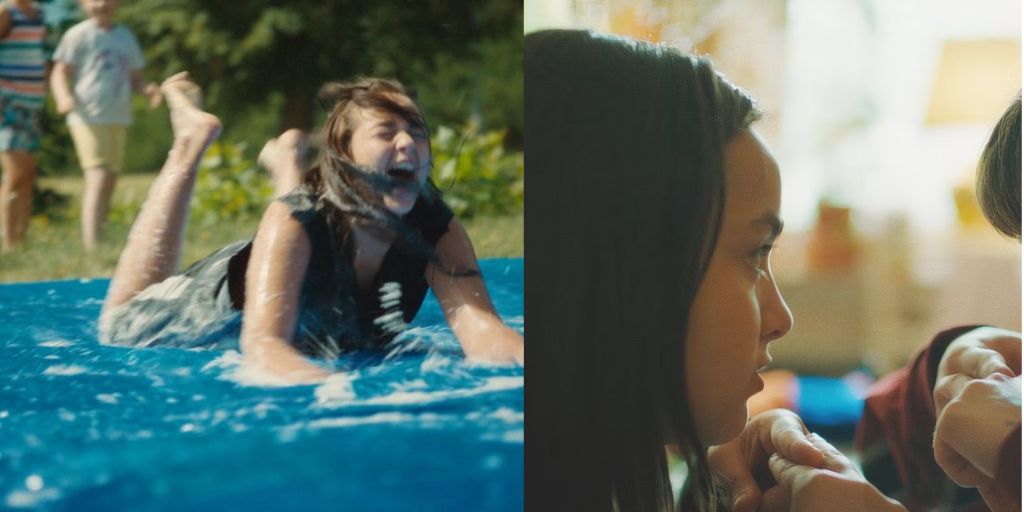Children who face parental abandonment often encounter a mixed experience when Social Services gets involved. The intervention of the system can be both a blessing and a burden. On one hand, children should be cared for and not forced to survive on their own.
In this sense, the system can be a positive force when it operates effectively, providing care and protection that the children otherwise lack. However, the introduction of new families and homes can also present challenges. Sometimes, these new environments are as difficult, or even more so, than the conditions from which the children were removed.
Another significant concern is the possibility of siblings being separated, which is a common fear in such situations. This fear is central to the narrative of “Paradise Is Burning,” a film by Mika Gustafson that shows the bond of sisterhood under these harsh circumstances.
The film skillfully portrays the carefree joy of a life without parental oversight, the struggles children face when they are forced to care for their siblings, and the anxiety that comes with the arrival of Social Services, all handled with great sensitivity and depth.
There is something both fascinating and alarming about the idea of children being left to their own devices, with no adults around to guide or control them.
This concept has been shown in various ways in literature and film over the years. In J.M. Barrie’s classic play “Peter Pan,” children escape to a fantasy world where they rule and never grow up, a story that has been famously adapted into the beloved Disney cartoon.
On the other hand, William Golding’s 1954 novel “Lord of the Flies” presents a much darker vision of what happens when a group of boys are left alone on an island, descending into chaos and savagery without adult supervision. This theme has been revisited in modern interpretations, such as the TV series “Yellowjackets,” which reimagines the story with a group of American girls.
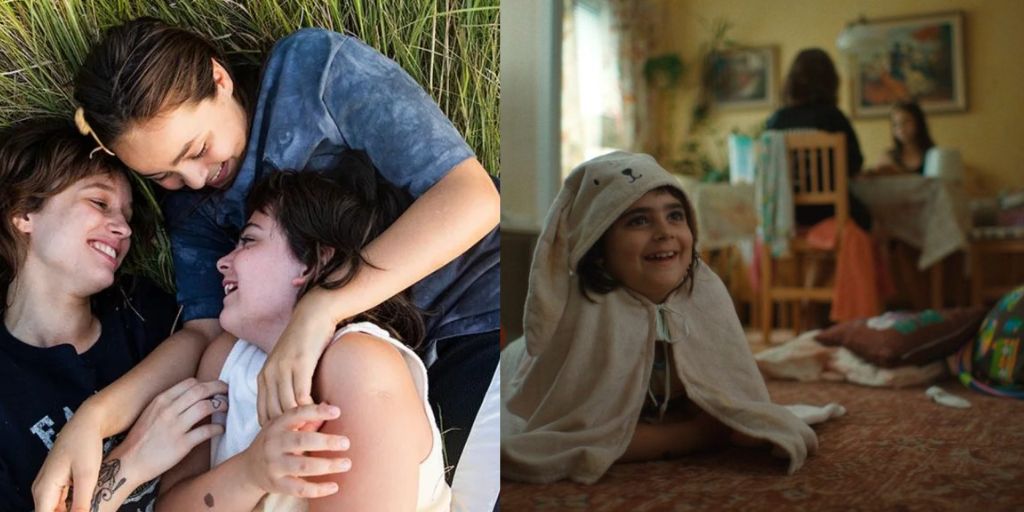
In the history of cinema, when children are left alone for extended periods, the outcomes vary widely, often leaning toward the more extreme or supernatural. In the horror genre, for example, the children in “Children of the Corn” end up killing all the adults and forming a cult.
In “Brick,” the absence of adult authority allows teenagers to investigate crimes on their own. In the controversial film “Kids,” young people show their sexuality in often unhealthy and dangerous ways. Stephen King’s works, such as “IT,” depict children facing off against cosmic horrors when adults are either absent or powerless.
However, in “Paradise Is Burning,” the lurking threat is not a supernatural entity or a mythical monster. Instead, it is the very real possibility of a visit from Social Services, an agency with the power to separate siblings and tear families apart.
What Is ‘Paradise Is Burning’ About?
“Paradise Is Burning,” tells the story of three young Swedish sisters—Laura (played by Bianca Delbravo), Mira (played by Dilvin Asaad), and Steffi (played by Safira Mossberg)—who are left to care for themselves due to their mother’s frequent and prolonged absences.
The sisters are forced to take on the responsibilities of adults, caring for each other, preparing for school, shoplifting to stock their cupboards, and creating their own rituals to celebrate important life events. They also find themselves on the run from the people they have stolen from.
The burden of responsibility falls most heavily on Laura, the eldest sister, who at 16 years old has become the de facto caretaker of her younger siblings. Despite the pressures of her own adolescence, Laura is determined to keep her family together.
The sisters’ precarious situation takes a turn for the worse when Social Services becomes involved, arranging a meeting with the girls that could result in their separation. Laura, desperate to keep her family intact, decides to hide the truth from her sisters.
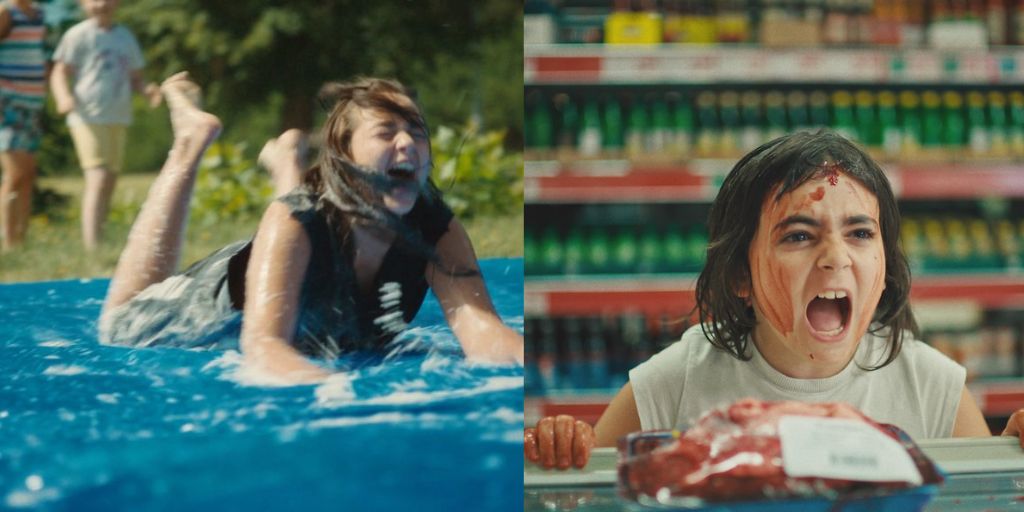
She sets out to find someone who can pretend to be their mother, leading her to develop a complex and ambiguous relationship with a local woman named Hannah (played by Ida Engvoll). As the day of the Social Services visit draws closer, Laura becomes increasingly anxious about how to protect her family and keep them together.
The Strength of Sisterhood in ‘Paradise Is Burning’
The performances of the three young actresses playing the sisters are central to the film’s impact. Each one brings a unique energy and depth to her role, making their portrayal of sisterhood both believable and compelling.
Safira Mossberg, who plays the youngest sister, Steffi, is particularly charming in her role, capturing the innocence and vulnerability of a child who relies entirely on her older siblings for care and protection.
Dilvin Asaad, who plays Mira, is full of life and energy, giving a spirited performance that highlights the joys and frustrations of growing up in such difficult circumstances.
Mira is the first to express her emotions openly, whether she is fighting, laughing, or dancing with abandon. Her exuberance provides a counterbalance to the more serious and somber role of Laura, the eldest sister.
Bianca Delbravo’s portrayal of Laura is the emotional core of the film. Laura is a character burdened with responsibilities far beyond her years, and Delbravo captures the complexity of her situation with great skill.
She is equally convincing in the film’s lighter moments, such as her interactions with Hannah, which are infused with a sense of freedom and connection that stands in stark contrast to the tension and anxiety that dominate much of the sisters’ lives.
Laura’s struggle to maintain a sense of normalcy and control in an increasingly chaotic world is one of the film’s most compelling aspects.
Ida Engvoll, as Hannah, also delivers a strong performance, bringing warmth and complexity to her role. Hannah’s relationship with Laura is one of the film’s most intriguing elements, as it blurs the lines between friendship, mentorship, and surrogate motherhood. Engvoll’s portrayal of Hannah’s growing attachment to Laura adds an additional layer of emotional depth to the story.
The Power of Visual Storytelling
One of the film’s most effective techniques is its use of close-up camera work, which keeps the audience closely connected to the sisters’ experiences. This approach allows the film to convey the girls’ daily lives with a sense of immediacy and intimacy.
The camera’s proximity to the characters heightens the emotional impact of both the joyful and the tense moments, drawing the viewer into the sisters’ world. The film relies heavily on visual storytelling, with dialogue playing a secondary role.
Instead of explaining the characters’ thoughts and feelings, the film shows them through subtle gestures, expressions, and interactions. This choice enhances the authenticity of the narrative, making the sisters’ experiences feel more real and relatable.
Sine Vadstrup Brooker’s cinematography is a key element in creating the film’s atmosphere. The camera work is both thoughtful and deliberate, using light, shadow, and composition to reflect the girls’ emotional states. The film captures the beauty and fragility of their childhood, as well as the harsh realities of their situation.
The choice to focus on the sisters’ daily routines and the small details of their lives helps to build a strong sense of place and time, making the story feel grounded and immediate.
While the film excels in its portrayal of the sisters’ present lives, it does leave some questions unanswered. There are moments where a deeper scheme of the girls’ past, their relationships with their mother, and their interactions with the community would provide additional context and enrich the narrative.
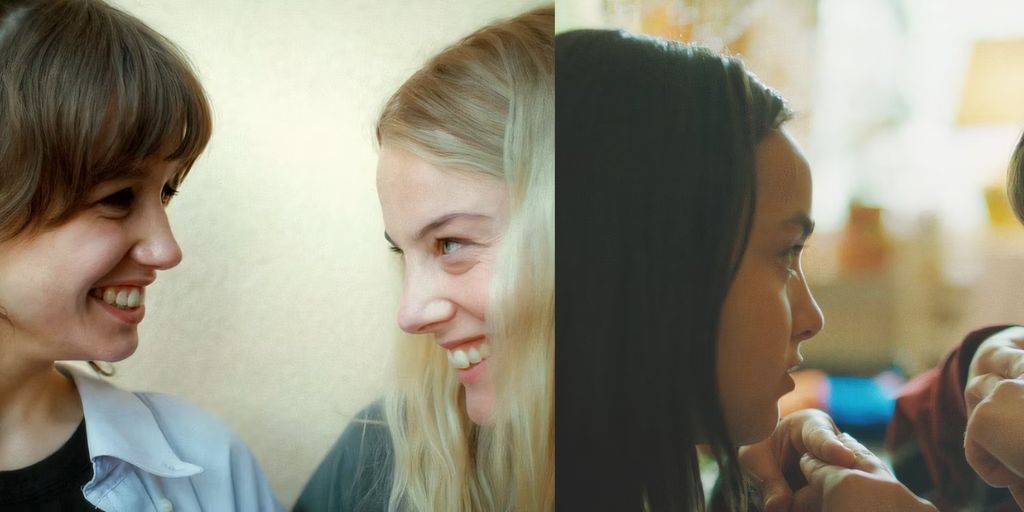
The fleeting encounters with other characters, such as the aunt, the social worker, and the neighbors, are intriguing but underdeveloped. These interactions hint at a larger world beyond the sisters’ immediate experiences, but the film chooses to keep its focus tightly on the girls, leaving the audience to wonder about the broader implications of their situation.
Conclusion: A Powerful Portrayal of Survival and Sisterhood
“Paradise Is Burning” is a powerful and moving film that offers a raw and unflinching look at the challenges of growing up in difficult circumstances. The film’s strength lies in its portrayal of the bond between the sisters, who have formed a close-knit unit in the face of their mother’s abandonment.
The performances of the young actresses are exceptional, bringing depth and authenticity to their roles. The film’s visual storytelling, combined with its sensitive handling of complex themes, makes “Paradise Is Burning” a compelling and thought-provoking watch.
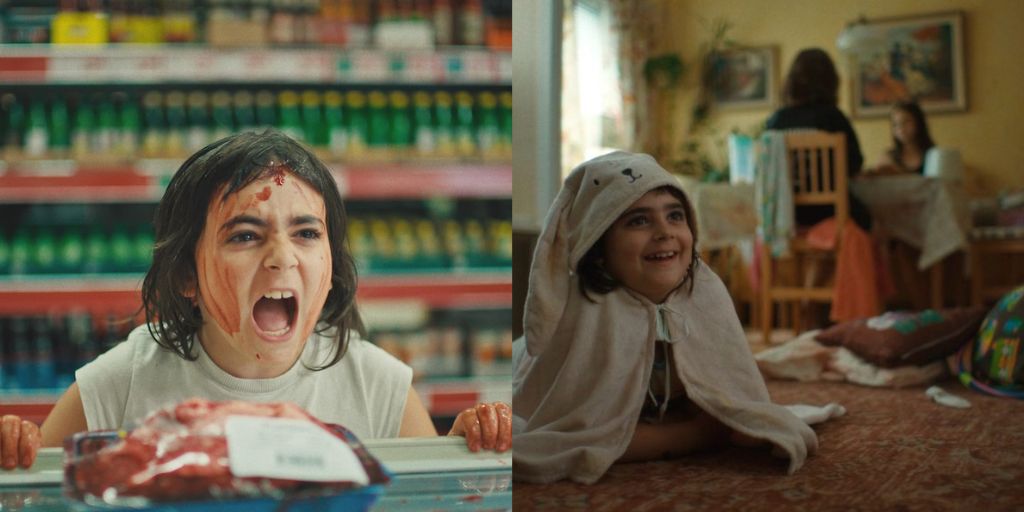
While the film does leave some narrative threads unexplored, it succeeds in capturing the essence of childhood and the resilience of the human spirit. The story of Laura, Mira, and Steffi is one of survival, love, and determination, and it is told with a clarity and honesty that is both refreshing and deeply moving.
“Paradise Is Burning” is a film that will stay with you long after the credits roll, a testament to the strength of family and the enduring power of sisterhood.
“Paradise Is Burning” is now playing in select theaters in the U.S. before expanding.

